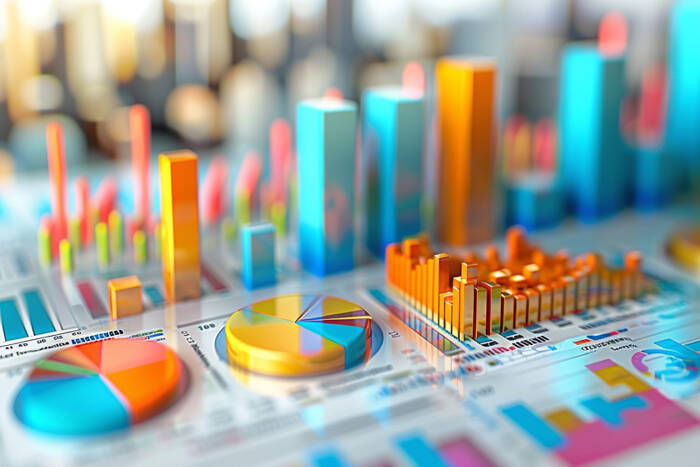
Consumer and Government Spending Trends
Consumer spending showed a mixed picture, with a rise in services expenditure, particularly in healthcare and financial services, being partly offset by a decrease in goods spending, especially in motor vehicles and energy products. On the government side, while state and local government spending increased, primarily due to higher employee compensation, federal government expenditure experienced a downturn, contributing to the overall deceleration in GDP growth.
Investment and Trade Trends
Investments showed divergent trends, with residential fixed investment accelerating, highlighted by growth in brokers’ commissions and new single-family housing constructions. Conversely, nonresidential investment saw notable increases in intellectual property products. The increase in imports, covering both goods and services, further weighed on the GDP.
Inflation and Income Metrics
Inflation indicators accelerated, with the price index for gross domestic purchases rising to 3.1% from 1.9% in the previous quarter. Personal consumption expenditures increased significantly, reflecting heightened consumer prices. Additionally, personal income saw a considerable boost, leading to a rise in disposable income, although the personal saving rate dipped slightly from the previous quarter.
Market Forecast
Given the mixed economic indicators—slower GDP growth, mixed consumer spending, and rising inflation—market sentiment might lean cautious. Traders should prepare for potential volatility, with a short-term bearish outlook on the U.S. economy until further signs of stabilization or growth are evident. The forthcoming second GDP estimate, due in late May, will be crucial for confirming trends and adjusting forecasts accordingly.









